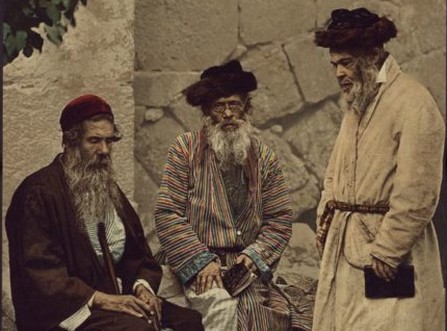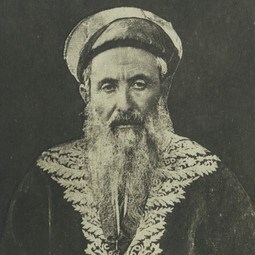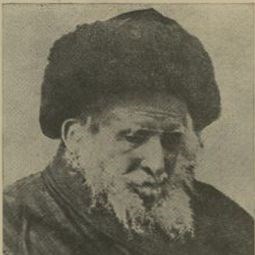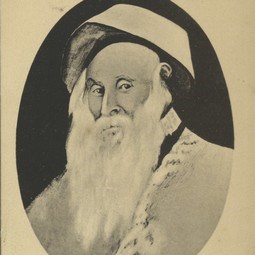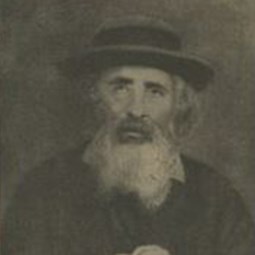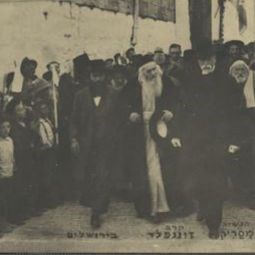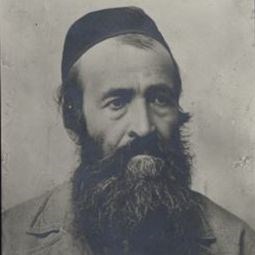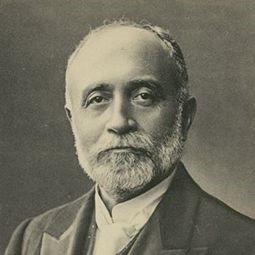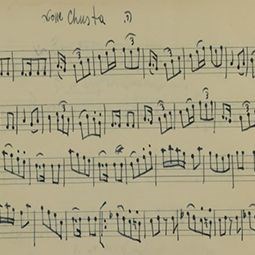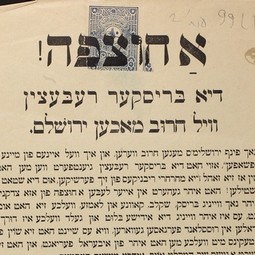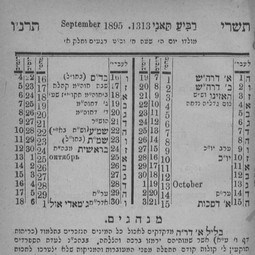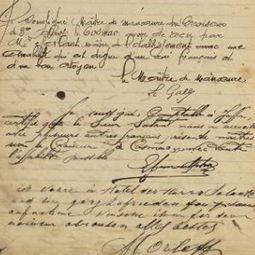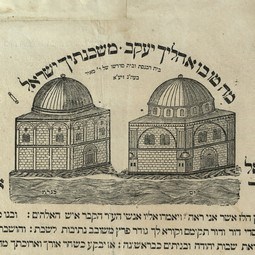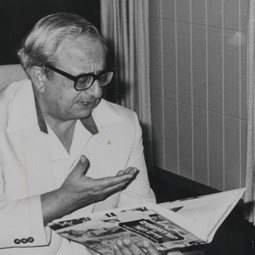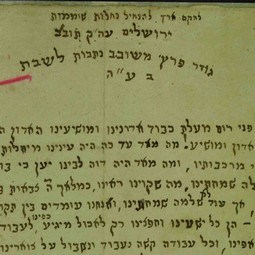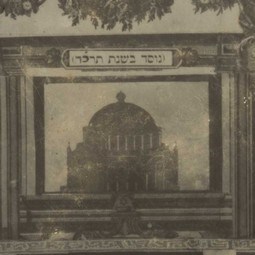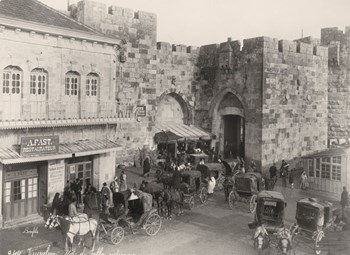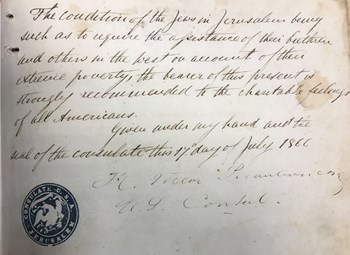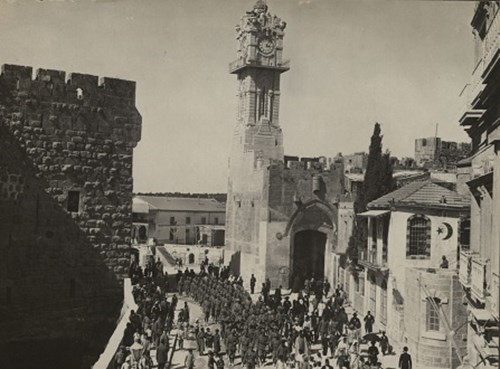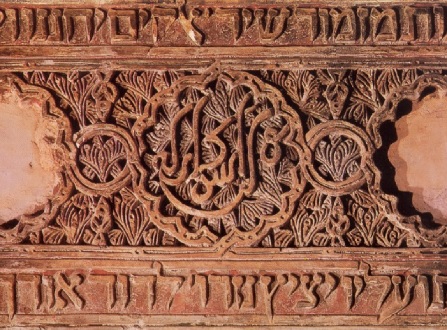The Old Yishuv
"The Old Yishuv” (HaYishuv HaYashan) is a term that refers to the long-time Jewish residents of the Land of Israel, as opposed to the members of the First Aliyah, the first major Zionist wave of immigration, and those who came in its wake, from 1881 onwards, who would often be referred to as "The New Yishuv" ("The New Settlement").
During the 18th century, from the moment the Old Yishuv’s status was resolved vis-à-vis the Ottoman authorities, its population increased, mainly through the arrival of Orthodox Jewish groups, including Hasidim and disciples of the Vilna Gaon.
The members of the Old Yishuv maintained continuity of Jewish presence in the Land of Israel and provided the anchor for the renewal of Hebrew settlement in the Land of Israel.
Characteristics of the Old Yishuv
The population of the Old Yishuv was concentrated in the four holy cities of the Land of Israel— Jerusalem, Hebron, Safed and Tiberias. During the 19th century, most of the inhabitants lived in Jerusalem, and the city became the largest Jewish center in the Land of Israel.
The people of the Old Yishuv survived mainly on “ḥalukah” (lit. "distribution") money, funds donated by philanthropists and charitable organizations around the world, distributed to residents by various kollels according to country of origin, membership in Hasidic sects and so forth. In a sense, the Jews of the Diaspora saw the Jews of the Land of Israel as the carriers of a metaphorical torch, symbolizing the connection of the Jewish people to the Land of Israel, and therefore willingly supported the settlement through the ḥalukah funds. The Yishuv’s population became almost completely dependent on these funds.
Sephardim and Ashkenazim, Hasidim and Prushim (followers of the Vilna Gaon), lived in small enclaves within the walls of the holy cities, devoting their time to Torah study in anticipation of the coming of the Messiah. Only a few of the Yishuv’s members (mainly from the Sephardic community) made an effort to earn a living from professional crafts or commerce, while the majority of the population refrained from productive economic activity or aspirations of financial independence. Any attempt to instill modern elements and trends into their traditional way of life met swift resistance.
The financial dependence, along with the increase in population, from about 7,000 Jews in 1800 to about 27,000 in 1880, created difficult living conditions in the cities, especially Jerusalem. The Jewish settlement was characterized by poverty and poor sanitation and hygiene. Lack of water and poor nutrition caused high morbidity and mortality.
However, in the second half of the 19th century, winds of change swept through the settlement, reflected in both an increase in the inclination to find work and the beginning of a cultural and educational boom. At the same time, the first neighborhoods outside the walls began to be built.
The Ottoman Empire’s decline coupled with the arrival of waves of Zionist immigration led to the loss of the Old Yishuv’s hegemony among the Jewish inhabitants of the Land of Israel and to a diminishment in its political power.

 Sign in with Google
Sign in with Google
 Sign in with Facebook
Sign in with Facebook
